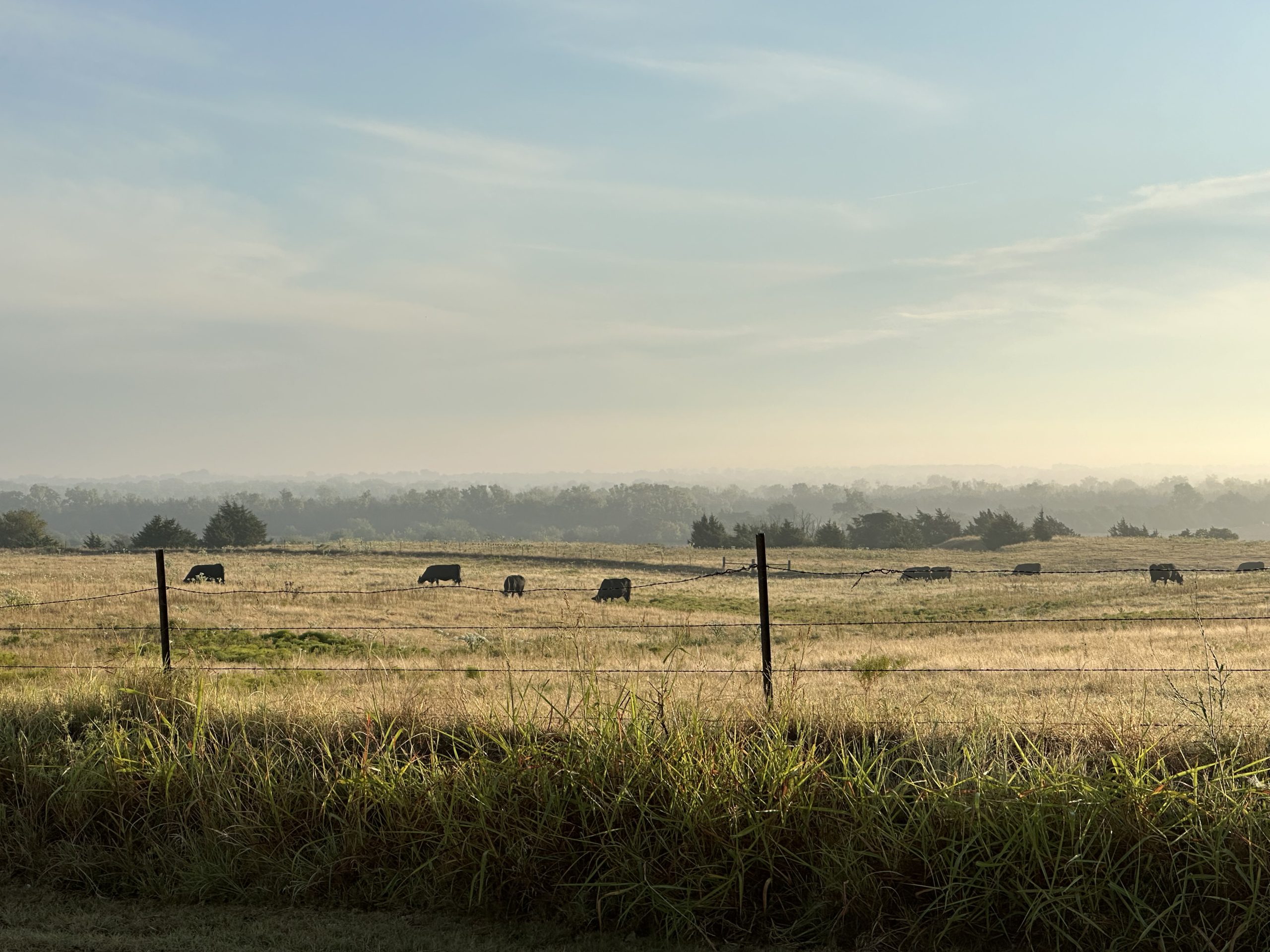Expectations for cattle markets in 2025

A new year brings anticipation for a fresh start and a chance to make good on new year’s resolutions, but what will 2025 mean for the cattle market? The theme for 2024 was high cattle prices, and David Anderson, professor and Extension livestock economist at Texas A&M University, expects more of the same in 2025.
“Prices are dramatically higher right now due to this end of the year surge in prices,” Anderson said in late December. “In fact, for calves, prices hit their highs for the year. For each weight class, prices are much higher than at this time last year. I think prices are headed higher next year. Tighter supplies and continued good beef demand work to keep the pressure on for higher prices. So, I think there is a lot to be optimistic about.”
Anderson said cull cow prices have been following their normal seasonal pattern with lower prices at the end of the year, but prices all year have been higher than they were 2023. He said feeder cattle in the Southern Plains increased in price, but they did not hit new highs in 2024.
“The current prices are encouraging ranchers to sell heifers rather than keep them for their future earnings,” Anderson said. “High costs relative to calf prices have all contributed to a smaller cow herd, tight supplies, and now higher prices. I think the restriction on feeder cattle and calf imports from Mexico in late November has now added a little boost to calf prices by cutting supplies.”
Experts say herd rebuilding has not begun yet, partly due to lingering drought conditions in some areas and high prices that cattle are drawing in the sale ring. Anderson predicts the herd rebuild could start in 2025 or 2026.
“The rebuild has been delayed because prices today reward selling compared to keeping heifers for her future earnings,” Anderson said. “Throw in some drought and high costs and higher interest rates, and you get delayed rebuilding. I don’t think we have much evidence that it has started yet, unless it did late in 2024.”
Anderson said when the herd rebuild finally begins, he expects to see a decline in cattle on feed as a result.
“As numbers decline, then cattle will likely be on feed fewer days as packers try to keep animals coming through the plants,” Anderson said. “That is especially the case if beef demand remains good. So that argues for some declining on feed numbers.”
To manage the risk associated with high-dollar cattle, Anderson recommends that producers consider Livestock Risk Protection insurance tools.
“LPR can be pretty useful for some price risk management to ‘hedge’ calf prices for 2025,” Anderson said. “High values make management more valuable, and doing the right things for herd health at the right time becomes more crucial.”
When asked his advice on whether cattle producers should sell their heifers to rebuild or cash in on lucrative prices cattle are continuing to bring, Anderson said there is no wrong answer.
“Everyone has their own management plan, strategy, etc. and their ranch may be facing some drought,” Anderson said. “It really comes down to the check in hand today versus your evaluation of her economic returns in the future. So far, the check in hand has looked better.”
Lacey Vilhauer can be reached at 620-227-1871 or [email protected].



